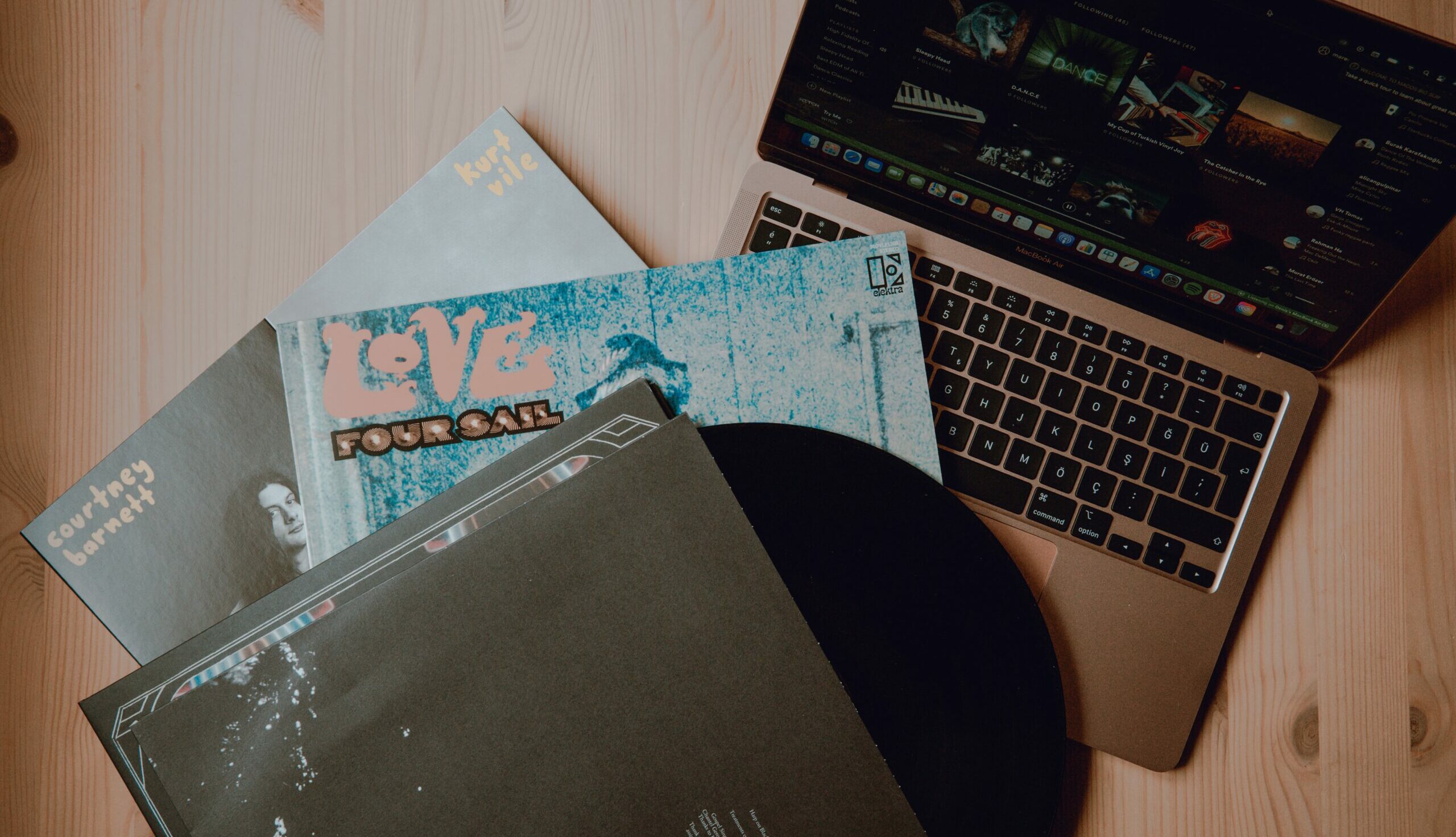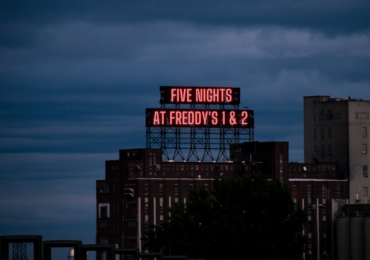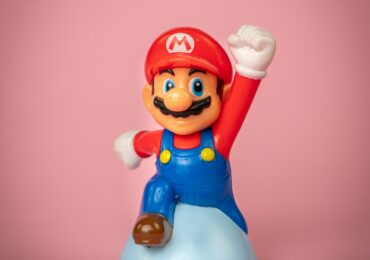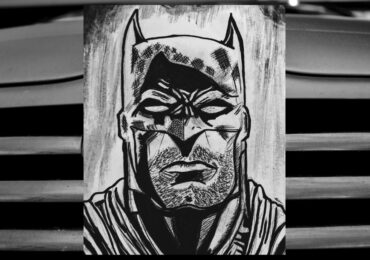We all have that one playlist that puts anything you’ve ever heard in the Union to shame.
There’s a certain rush in your ears when you go to put in your headphones—even your body
knows that bliss is on the way. Making that perfect playlist, however, might be one of the hardest
things to do. Whether you’re a head-banging melophile or you’re dancing on a diet solely of
songs your parents played in the car, the struggle is absolutely real. But once you have it crafted
to perfection, there is nothing more comforting than jamming out to your hand-selected favorites.
I often compare my satisfaction at the end of making a playlist to that of Picasso or Michelangelo
once they, too, have created a masterpiece.
But where does that pride come from? Why do I connect, at least on a small scale, my
sense of identity with a crafty little list of songs? The motive of the playlist ultimately coincides
with a natural desire to create, especially if it’s created for someone else. In the middle of
quarantine last year, I made my best friend a playlist for her birthday when I couldn’t give her
anything in person. A playlist of bubbly and nostalgic songs was ascribed new meaning when it
became an invisible link between our identities, our friendship in particular. Listening to it now
brings both of us back to summers spent on her back porch, nights driving with the windows
down and our weekly bagel breakfasts. There is a particular joy in resurrecting the memories of
the past while enjoying their soundtrack in the present.
Over the summer, my dad pulled out an old box full of mixtapes he and my mom would
listen to on road trips and when backpacking around the world. We sat around a table, and I
watched as each cassette unlocked a memory long lost in the archives of their life together. The
handwritten covers were etched with their doodles and jokes, reminiscent of their youth. If
playlists were just a list of songs, why did my dad keep them in our attic for over 25 years?
Songs bring people together, they say what our own words cannot. A playlist is a powerful tool
if used correctly, to convey things that are bigger than ourselves. The core of the playlist lies
deeply within us because it’s an extension of ourselves. To share one is to share a piece of
yourself, and in doing so, for that length of time, the listener has a glimpse of your deeper self;
who you once were and who you are now. This can be terrifying, gratifying, or even a nice
stroke to the ego if you know what you’re doing; the vulnerability of sharing something intimate
creates a bond between people and space for a deeper connection. Whether to express
friendship, regret, love or to remember a time spent together, playlists are meant to be shared or
listened to with the people we care about. So much of our identities are tied to the relationships
that we hold onto, and playlists can act as a vessel for expressing emotion within them.
The value and beauty of constructing a playlist obviously vary per person. Music for
some is an essential part of life, something that guides their emotions and feeds their spirit—
others are happy using the Spotify algorithm to guide their journey into making something that
just sounds cohesive and pleasant on their speaker. A playlists value to its creator correlates with
the presence of their identity within it. The stronger force music is in one’s life, the more
attention they will pay to crafting their playlist. The connection between one’s identity and the
playlists that they curate is therefore subjective, yet also sacred. They are unique to the
individual, yet accessible to everyone. Chaotic or concise, methodic or complete madness, each
playlist speaks underlying truths about its creator whether they intend it or not. Like the lines on
the palms of our hands, they tell us things that we might not even know about ourselves. If there
are more songs to listen to, there is always more to learn.









